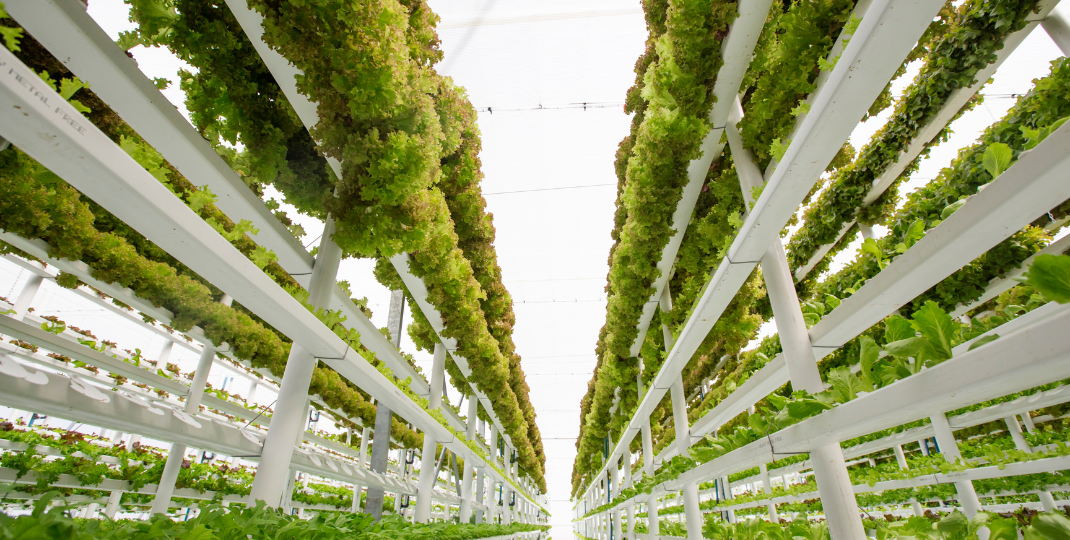Microalgae are versatile organisms that have gained significant attention in recent years for their potential applications in various industries. One area of interest is the use of microalgae lipids in the production of biofuels, food additives, and pharmaceuticals. These lipids are rich in valuable compounds such as omega-3 fatty acids, antioxidants, and pigments, making them valuable resources for a wide range of products. By harnessing the potential of microalgae lipids, researchers and industries can explore sustainable and eco-friendly alternatives to traditional sources of these vital compounds. In this article, we will delve into the potential applications of microalgae lipids and the benefits they offer in creating biofuels, enhancing food products, and developing pharmaceuticals.
Efficient Extraction of Microalgae Lipids for Biofuel Production
Microalgae lipids can be efficiently extracted for use in biofuel production through a combination of mechanical disruption, solvent extraction, and lipid purification techniques. Mechanical disruption methods such as sonication or bead beating are used to break down the cell walls of microalgae and release the lipids. Solvent extraction involves using organic solvents like hexane or chloroform to extract the lipids from the disrupted cells. After extraction, the lipids are purified using techniques like centrifugation or column chromatography to remove impurities and isolate the desired lipid fraction for biofuel production. Overall, a combination of these methods can help optimize the efficiency of microalgae lipid extraction for biofuel production.

What are the challenges in scaling up the production of microalgae lipids for commercial use?
Scaling up the production of microalgae lipids for commercial use presents several challenges. These include the high capital investment required for constructing and operating large-scale production facilities, as well as the need for efficient cultivation systems that can maintain optimal growth conditions for the microalgae. Additionally, ensuring consistent quality and purity of the lipids produced at a larger scale can be a challenge, as variations in environmental factors and contamination risks may increase. Furthermore, finding cost-effective and sustainable sources of nutrients for the microalgae cultivation process can also pose a challenge in scaling up production. Overall, addressing these challenges will be crucial in successfully expanding the production of microalgae lipids for commercial applications.
How do the properties of microalgae lipids make them ideal for use as food additives?
Microalgae lipids are considered ideal for use as food additives due to their high content of essential fatty acids such as omega-3 and omega-6, which are beneficial for human health. Additionally, microalgae lipids contain a diverse range of bioactive compounds such as vitamins, antioxidants, and pigments, which can enhance the nutritional value and sensory appeal of food products. Furthermore, microalgae lipids have a neutral flavor profile and can be easily incorporated into various food formulations without affecting taste or texture. Their sustainability and potential for large-scale production also make them an attractive alternative to traditional sources of fats and oils in the food industry.
What potential health benefits do microalgae lipids offer when used in pharmaceuticals?
Microalgae lipids offer several potential health benefits when used in pharmaceuticals. These lipids are rich in omega-3 fatty acids, particularly docosahexaenoic acid (DHA) and eicosapentaenoic acid (EPA), which have been linked to numerous health benefits such as reducing inflammation, improving cognitive function, and lowering the risk of heart disease. Additionally, microalgae lipids contain antioxidants, vitamins, and minerals that can help support overall health and well-being. By incorporating these beneficial compounds into pharmaceutical products, they have the potential to improve various health conditions and promote overall wellness.
Are there any environmental concerns associated with the large-scale production of microalgae lipids?
Yes, there are several environmental concerns associated with the large-scale production of microalgae lipids. One concern is the potential for habitat destruction and loss of biodiversity if large areas of land or water are converted to algae cultivation. Additionally, the use of fertilizers, pesticides, and other chemicals in the cultivation process can lead to water pollution and harm aquatic ecosystems. There is also the issue of energy consumption and carbon emissions associated with the production and processing of microalgae, which could contribute to climate change if not managed properly. Overall, careful consideration of the environmental impacts is necessary to ensure that the benefits of microalgae lipid production outweigh the potential harms.

How can we ensure the sustainability of microalgae cultivation for lipid production?
Ensuring the sustainability of microalgae cultivation for lipid production involves implementing efficient cultivation techniques, such as using photobioreactors or raceway ponds to optimize growth conditions and maximize lipid content. Additionally, it is important to utilize renewable energy sources and recycled resources to minimize environmental impact. Proper monitoring and control of nutrient levels, pH, temperature, and light intensity are also key factors in maintaining a healthy and productive algae culture. Furthermore, investing in research and development to improve strain selection, genetic engineering, and harvesting methods can help enhance lipid productivity and overall sustainability of microalgae cultivation for lipid production. Regular assessment of the environmental impact and carbon footprint of the cultivation process, as well as compliance with regulatory standards, will also be crucial in ensuring long-term sustainability.
Can microalgae lipids serve as a viable alternative to traditional sources of biofuels and food additives?
Microalgae lipids have been increasingly recognized as a potential alternative to traditional sources of biofuels and food additives due to their high lipid content, rapid growth rate, and ability to thrive in various environmental conditions. These lipids can be extracted and processed into biodiesel, which is a renewable and sustainable fuel that can reduce greenhouse gas emissions. Additionally, microalgae lipids contain valuable compounds such as omega-3 fatty acids, antioxidants, and pigments that can be used as functional food ingredients and dietary supplements. Overall, the versatility and sustainability of microalgae lipids make them a promising option for addressing the growing demand for biofuels and food additives in a more environmentally friendly manner.
How can we optimize the extraction and purification processes of microalgae lipids to maximize their potential applications?
To optimize the extraction and purification processes of microalgae lipids, several strategies can be implemented. These include optimizing the growth conditions of the microalgae to increase lipid production, implementing efficient extraction techniques such as ultrasound-assisted extraction or microwave-assisted extraction, and utilizing advanced purification methods like chromatography or membrane filtration. Additionally, using a combination of different solvents and techniques can help maximize lipid recovery and purity. Continuous monitoring and optimization of these processes through analytical techniques such as gas chromatography can further enhance the overall efficiency and quality of the extracted lipids, making them suitable for a wide range of applications in industries such as biofuels, nutraceuticals, and cosmetics.
Unlocking the Versatile Potential of Microalgae Lipids: Biofuels, Food Additives, and Pharmaceuticals
In conclusion, the potential applications of microalgae lipids in the production of biofuels, food additives, and pharmaceuticals are vast and promising. The high lipid content of microalgae makes them a valuable source for sustainable biofuel production, offering an environmentally-friendly alternative to fossil fuels. Additionally, the unique composition of microalgae lipids can be used as functional food additives with health benefits, and their bioactive compounds hold great potential for pharmaceutical applications. As research on microalgae continues to advance, it is clear that these tiny organisms have the potential to revolutionize various industries and contribute to a more sustainable future.
